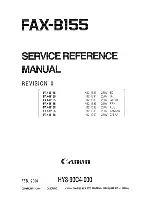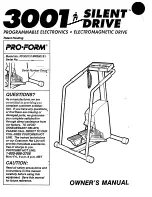
Presser Feet
Utility Foot A
Attached on the machine upon delivery. This foot is used mainly for straight stitching and zigzag
stitching with a stitch length longer than 1.0.
Decorative Stitch Foot B
When sewing decorative stitches or short zigzag stitches and other utility stitches with less than 1.0
mm stitch length, use this foot. The tunnel on the underside of the foot is designed to feed smoothly
over the stitches.
Buttonhole Foot C
This foot is used for sewing buttonholes step by step. Use the guide lines on the toe of the foot to
position the garment edge. The two tunnels on the bottom of the foot ensures a smooth feed over
the buttonhole columns. The finger on the back of the foot holds cording for corded buttonhole.
Blind Hem Foot D
This foot is used for blind hem stitches. The inner edge of the foot guides the fabric. The right toe
of the foot is designed to ride along the hem edge.
Zipper Foot E
This foot can be snapped on either to the right or to the left of the needle, making it easy to sew
close to both sides of the zipper teeth. Move needle position to the right or left to sew closer to the
zipper teeth or for covering large cording.
Edging Foot J
This foot is used for overcasting and seam/overcasting. Stitches form over the pin which prevents
puckering at the edge of the fabric.
One-Step Buttonhole Foot C
This foot has a space in the back for a button used to set the size of the buttonhole. The machine
will sew a buttonhole to fit that button size. Used to sew buttonholes up to 25 mm.
Self-Adhesive Glide Plate
If sewing on foam, vinyl, plastic, or leather, the material can stick to the foot and prevent the sewing
machine from feeding properly. When using any of the above materials, sew on a piece of scrap
fabric, to make sure the machine feeds smoothly. If not, fasten the self-adhesive glide plate to the
underside of the presser foot.
8
1 Introduction









































